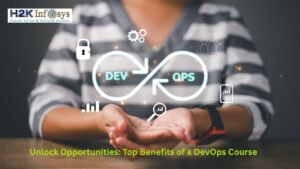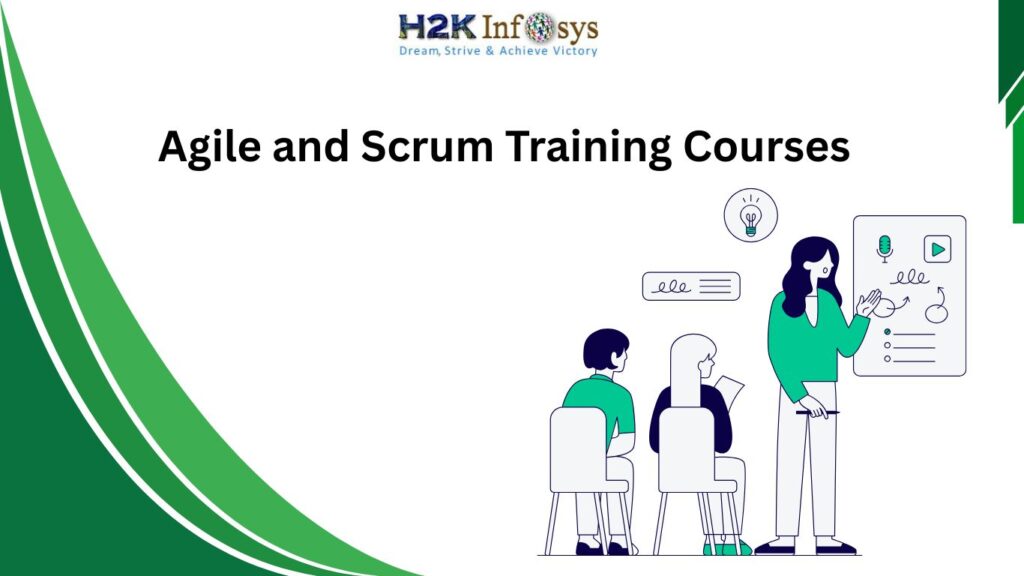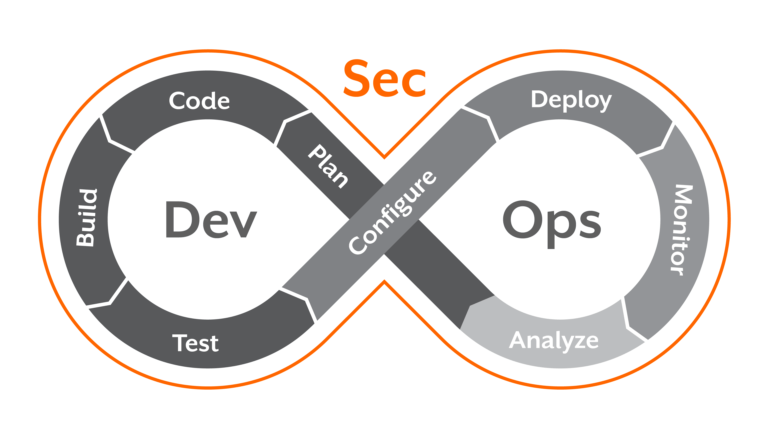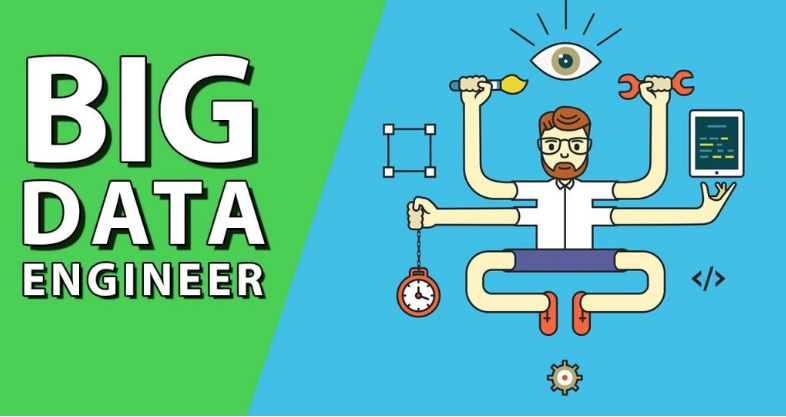Artificial Intelligence (AI) is transforming industries across the globe, and AI engineers are at the forefront of this revolution. As companies increasingly integrate AI into their operations, the demand for skilled AI engineers continues to rise. If you’re preparing for an AI engineer interview, understanding the types of questions you might encounter and how to answer them effectively is crucial. This blog provides a comprehensive list of top AI engineer interview questions and detailed answers to help you prepare.
Introduction to AI Engineer Interviews
AI engineering involves a blend of software engineering, data science, and machine learning. Interviewers typically assess candidates on their technical knowledge, problem-solving abilities, and understanding of AI concepts. The questions can range from theoretical knowledge to practical coding skills and problem-solving scenarios.
Technical Questions
1. What is Artificial Intelligence?
Answer: Artificial Intelligence (AI) is the simulation of human intelligence in machines that are programmed to think and learn like humans. AI can be categorized into narrow AI, which is designed for specific tasks, and general AI, which has the capability to perform any intellectual task that a human can.
2. What is Machine Learning?
Answer: Machine Learning (ML) is a subset of AI that involves the use of algorithms and statistical models to enable computers to improve their performance on a specific task through experience. ML algorithms build models based on sample data, known as training data, to make predictions or decisions without being explicitly programmed to perform the task.
3. Explain the difference between supervised and unsupervised learning.
Answer:
- Supervised Learning: Involves training a model on labeled data, where the input data is paired with the correct output. The model learns to map inputs to outputs and is evaluated based on its accuracy in predicting the correct outputs for new data.
- Unsupervised Learning: Involves training a model on unlabeled data, where the model tries to identify patterns and relationships in the data without prior knowledge of the correct outputs. Common unsupervised learning techniques include clustering and dimensionality reduction.
4. What is a Neural Network?
Answer: A Neural Network is a series of algorithms that attempt to recognize underlying relationships in a set of data through a process that mimics the way the human brain operates. Neural networks consist of layers of interconnected nodes (neurons), where each node processes input data and passes it to the next layer. Common types of neural networks include feedforward neural networks, convolutional neural networks (CNNs), and recurrent neural networks (RNNs).
5. Can you explain the concept of backpropagation?
Answer: Backpropagation is a supervised learning algorithm used for training neural networks. It involves a forward pass, where inputs are passed through the network to generate an output, and a backward pass, where the network’s weights are adjusted based on the error between the predicted and actual outputs. The goal is to minimize this error by updating the weights using gradient descent.
Problem-Solving and Coding Questions
6. How would you approach a problem where you need to classify images?
Answer: To classify images, you can use a Convolutional Neural Network (CNN), which is well-suited for image recognition tasks. The approach involves:
- Preprocessing the images (resizing, normalization, etc.).
- Splitting the data into training and testing sets.
- Building and compiling the CNN model with appropriate layers (convolutional layers, pooling layers, fully connected layers).
- Training the model on the training data and validating it on the testing data.
- Fine-tuning the model’s hyperparameters and architecture based on performance.
- Evaluating the model’s accuracy and making predictions on new images.
7. Write a Python function to implement linear regression.
Answer:
pythonCopy codeimport numpy as np
def linear_regression(X, y, learning_rate=0.01, epochs=1000):
m, n = X.shape
X = np.c_[np.ones(m), X] # Add a column of ones for the intercept term
theta = np.zeros(n + 1)
for _ in range(epochs):
gradients = 2/m * X.T.dot(X.dot(theta) - y)
theta -= learning_rate * gradients
return theta
# Example usage:
X = np.array([[1, 2], [2, 3], [3, 4], [4, 5]])
y = np.array([3, 6, 9, 12])
theta = linear_regression(X, y)
print(theta)
8. What is overfitting, and how can you prevent it?
Answer: Overfitting occurs when a machine learning model learns the noise and details in the training data to such an extent that it performs poorly on new, unseen data. It indicates that the model has memorized the training data rather than learning the underlying patterns.
Prevention methods:
- Cross-Validation: Use techniques like k-fold cross-validation to ensure the model generalizes well.
- Regularization: Apply regularization techniques such as L1 (Lasso) or L2 (Ridge) to penalize complex models.
- Pruning: In decision trees, prune branches that have little importance.
- Early Stopping: In neural networks, stop training when the performance on the validation set starts to degrade.
- Data Augmentation: Increase the diversity of the training data by augmenting it.
9. Describe the process of hyperparameter tuning.
Answer: Hyperparameter tuning involves selecting the optimal set of hyperparameters for a machine learning model to maximize its performance. The process includes:
- Defining the hyperparameters: Identify the parameters that need tuning (e.g., learning rate, number of layers, batch size).
- Choosing a search strategy: Use methods like Grid Search, Random Search, or Bayesian Optimization to explore different combinations of hyperparameters.
- Evaluating performance: Train and validate the model with different hyperparameter sets and evaluate their performance using cross-validation or a validation set.
- Selecting the best set: Choose the hyperparameters that yield the best performance metrics.
10. Explain the difference between batch and stochastic gradient descent.
Answer:
- Batch Gradient Descent: Updates the model’s weights based on the entire training dataset in each iteration. It provides a stable but potentially slow convergence due to the high computational cost of processing the entire dataset.
- Stochastic Gradient Descent (SGD): Updates the model’s weights based on one training example at a time. It is faster and can escape local minima due to the noisy updates, but it can be less stable and may require more iterations to converge.
Conceptual Questions
11. What is the difference between AI, ML, and Deep Learning?
Answer:
- Artificial Intelligence (AI): Broad field encompassing the development of systems that can perform tasks requiring human intelligence.
- Machine Learning (ML): Subset of AI focused on developing algorithms that allow computers to learn from data and improve their performance over time.
- Deep Learning: Subset of ML that uses neural networks with many layers (deep neural networks) to model complex patterns and relationships in data.
12. What is the bias-variance tradeoff?
Answer: The bias-variance tradeoff refers to the balance between two types of errors in machine learning models:
- Bias: Error due to overly simplistic models that cannot capture the underlying patterns in the data (underfitting).
- Variance: Error due to overly complex models that capture noise and fluctuations in the training data (overfitting). The goal is to find a model that minimizes both bias and variance to achieve good generalization on unseen data.
13. What is a confusion matrix, and how is it used?
Answer: A confusion matrix is a table used to evaluate the performance of a classification model. It summarizes the number of correct and incorrect predictions made by the model, categorized by actual and predicted classes.
Components:
- True Positives (TP): Correctly predicted positive instances.
- True Negatives (TN): Correctly predicted negative instances.
- False Positives (FP): Incorrectly predicted positive instances.
- False Negatives (FN): Incorrectly predicted negative instances.
Usage: The confusion matrix helps calculate various performance metrics such as accuracy, precision, recall, and F1-score.
14. What are ensemble methods, and why are they used?
Answer: Ensemble methods combine multiple machine learning models to improve overall performance. The idea is that by aggregating the predictions of several models, the ensemble can achieve better accuracy and robustness than any individual model.
Common Ensemble Methods:
- Bagging (Bootstrap Aggregating): Builds multiple models from different subsets of the training data and aggregates their predictions (e.g., Random Forest).
- Boosting: Builds models sequentially, with each model trying to correct the errors of the previous one (e.g., AdaBoost, Gradient Boosting).
- Stacking: Combines the predictions of multiple models using another model (meta-learner) to make the final prediction.
15. Explain the concept of transfer learning.
Answer: Transfer learning involves leveraging pre-trained models on a related task and fine-tuning them for a specific target task. It is particularly useful when the target task has limited data. Transfer learning allows the model to use the knowledge gained from the source task to improve performance on the target task.
Example: Using a pre-trained convolutional neural network (CNN) trained on a large image dataset (e.g., ImageNet) to classify medical images. The pre-trained model’s weights serve as a starting point, and the network is fine-tuned with the target dataset.
Conclusion
Preparing for an AI engineer interview requires a strong grasp of fundamental AI concepts, practical problem-solving skills, and the ability to explain complex ideas clearly. By understanding and practicing these top AI engineer interview questions and answers, you can enhance your readiness and confidence for your upcoming interview. Good luck!






























One Response